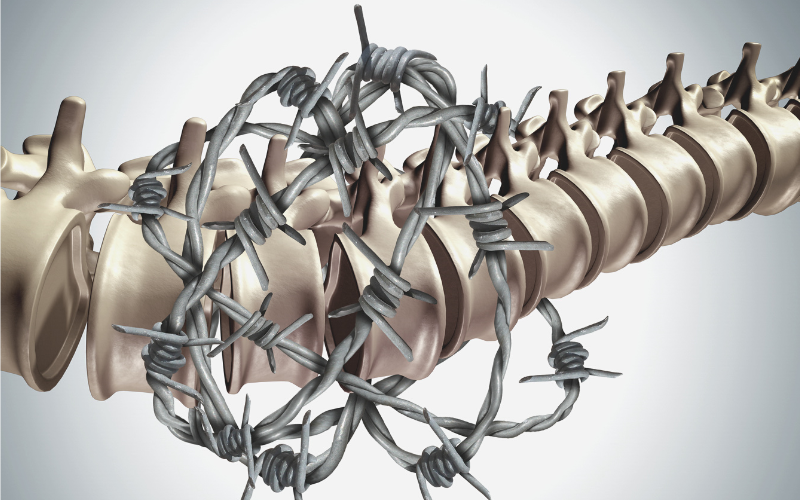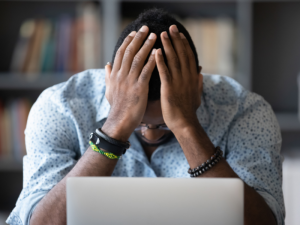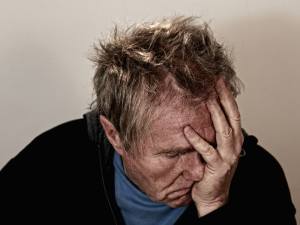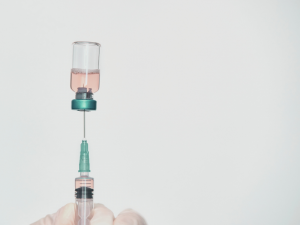Low back pain is tricky; frustratingly, even for the most highly trained, experienced practitioners aided by imaging, knowing the exact cause of someone’s pain is often impossible. Hence, people leave consultations clutching the non-specific low back (NSLP) diagnosis and sometimes with unanswered questions.
NSLP is categorised into three subtypes: acute, sub-acute and chronic, and means your back pain is not the result of a specific pathology, infection or tumour, which is good news. Further, there is no fracture, structural deformity, radicular syndrome, osteoporosis, or cauda equina syndrome.
I often feel my job is a part detective (think Columbo meets Miss Marple). Understanding anatomy and pathology is necessary to identify the clues; the physical examination helps build a picture, but listening to a person’s story is critical to make a precise working diagnosis.
I support a holistic approach to helping people by considering more than just pathology; this biopsychosocial (BPS) model means exploring the interconnection between biological, psychological and socio-environmental factors.
Inflammatory back pain (IBP) is one of those tricky conditions; it’s an often missed distinctive type of localised low back pain and the sacroiliac (SI) joint. It responds better to movement than rest, unlike non-specific back pain, which is usually mechanical or movement-related. Think ‘ouchy ouch’ when bending to put your socks and shoes on.
Critical characteristics of IBP are:
- Typically, patients are under 40 and often report back pain in their 20s.
- Pain that improves after taking over-the-counter anti-inflammatories (such as ibuprofen)
- The onset is insidious and gradual;
- Pain is localised in the lower back and/or buttocks.
- Pain is persistent or chronic, lasting longer than three months.
- The other key features are a pain in the second half of the night that wakes the person up and spine, pelvis or hip stiffness, lasting over 30 minutes after waking.
- IBP does not improve with rest; it responds better to movement and exercise.
IBP is further differentiated from mechanical back pain by its insidious onset; generally, there is no mechanism of injury. It’s strongly associated with a group of conditions called spondylarthritis, meaning “arthritis of the spine”. Typically, with ankylosing spondylitis. However, it may also be present in arthritis conditions such as psoriatic, reactive or juvenile idiopathic. IBP may also occur under none of these conditions.
When to see your doctor
A GP or rheumatologist should screen for suspected cases of IBD. Blood tests and imaging may be required to rule out the abovementioned conditions; red flags concern include cancer or vertebral body compression fractures.
Treatment and support
Initial treatment for people with IBP should always begin with education regarding the expected course of their chronic back pain condition. It shares similarities with treatment for mechanical back pain.
Lifestyle advice stopping smoking as this can worsen symptoms; some people benefit from psychosocial support. Physical therapy, alongside movement and exercise training, is incredibly beneficial.
Disclaimer
Please note: All entries on this blog offer information and guidance only; and should not be considered a substitute for medical advice, diagnosis or treatment given in person by a trained health professional.









